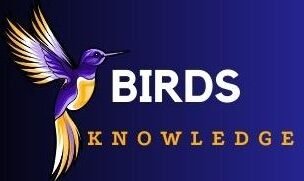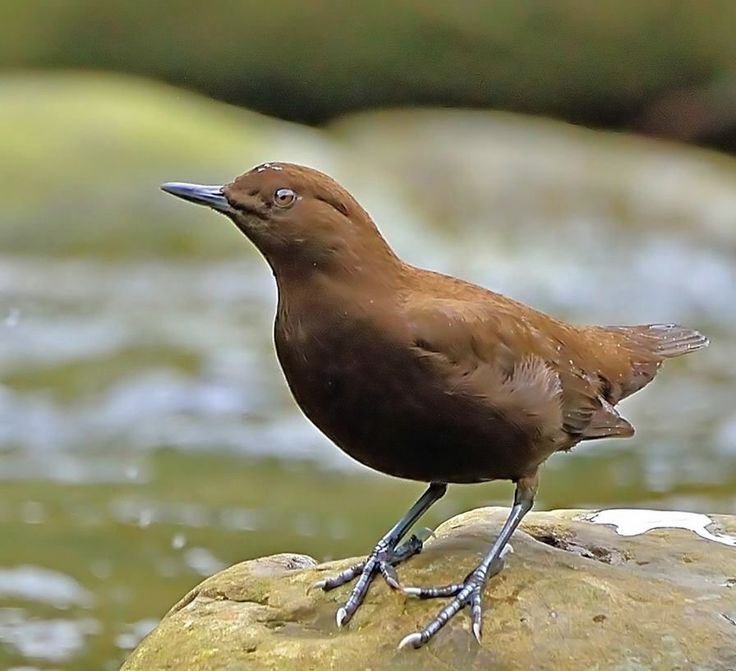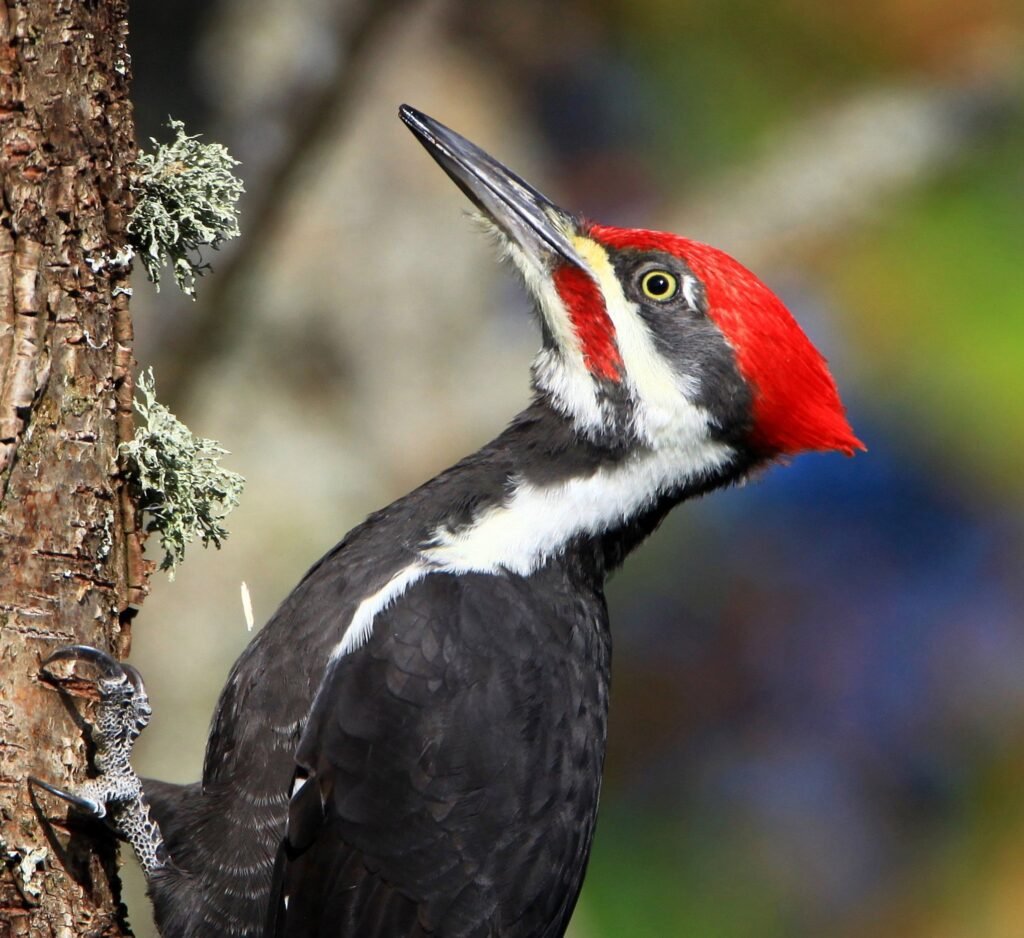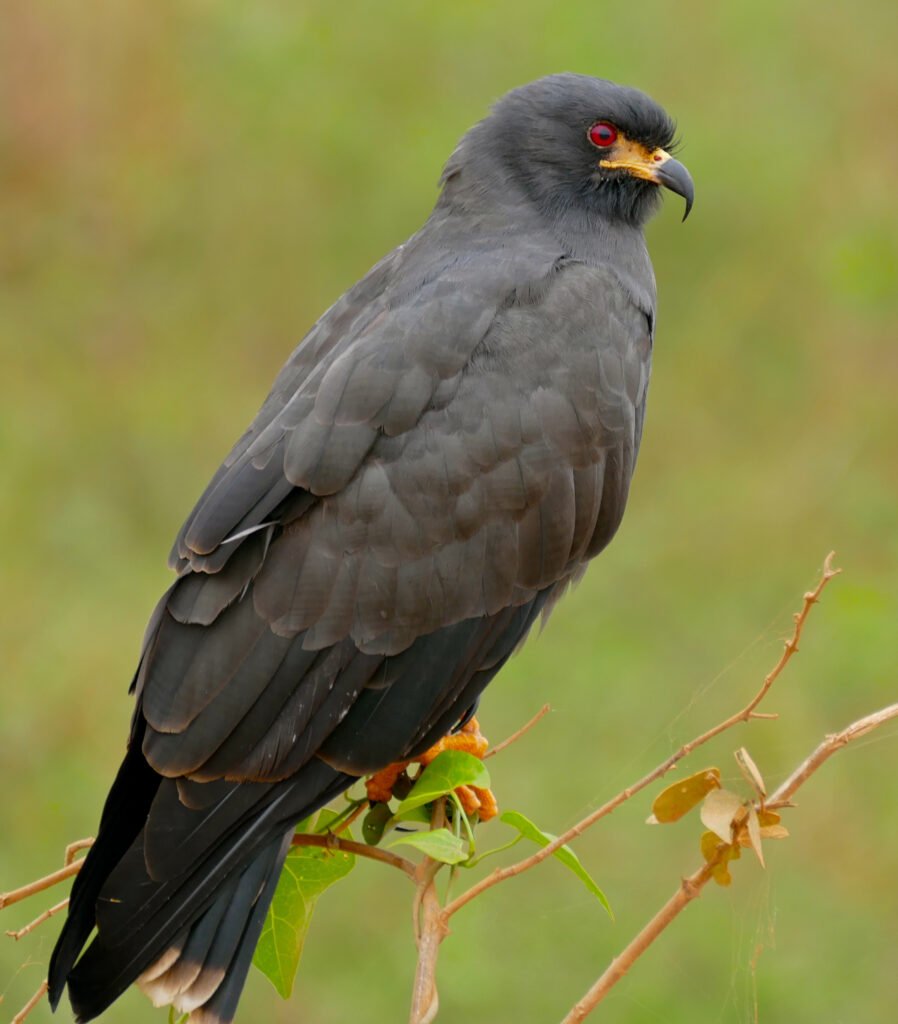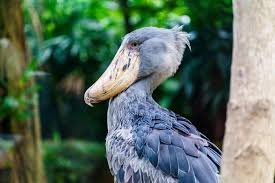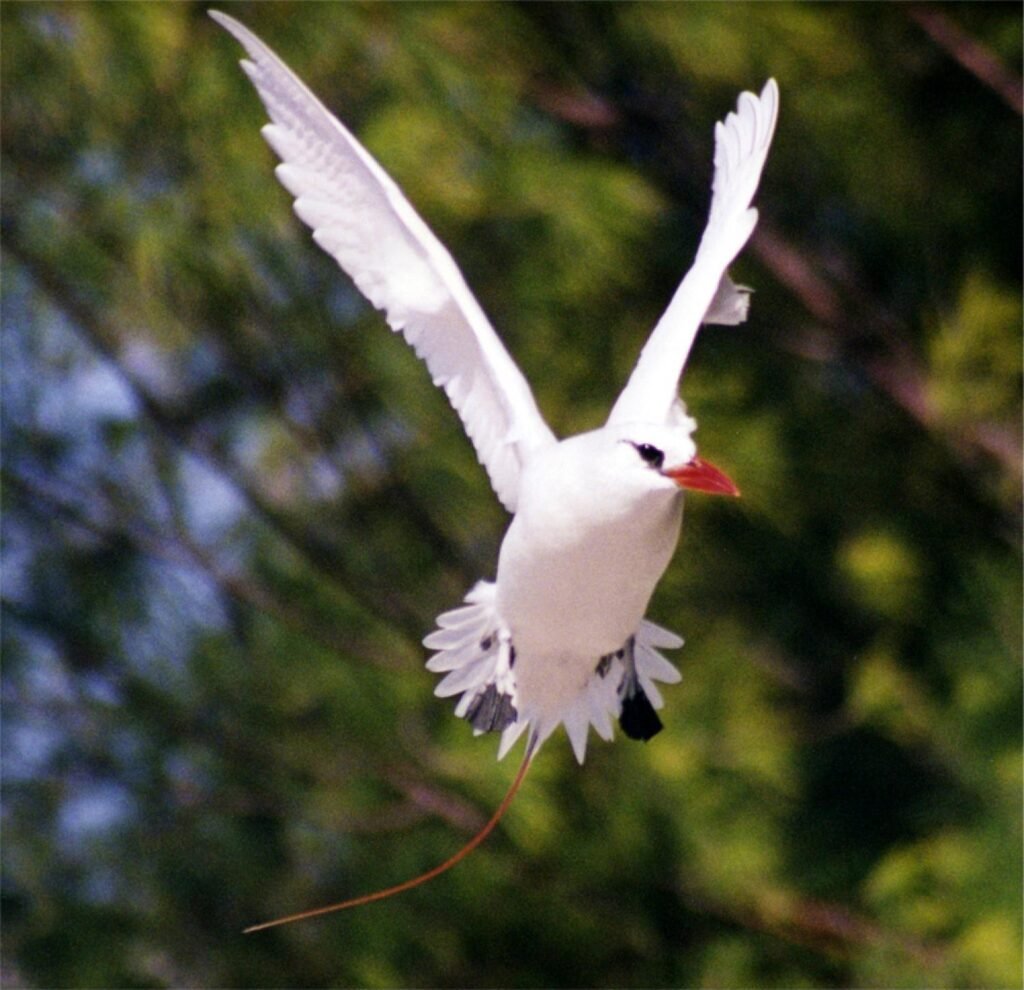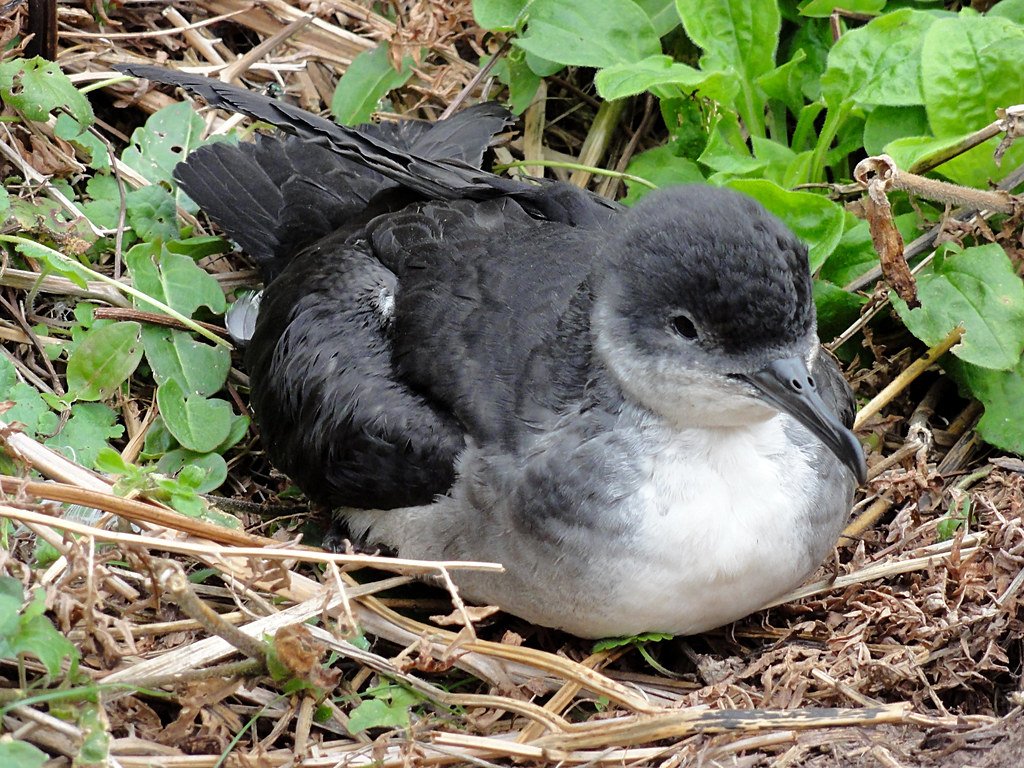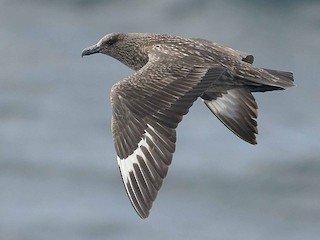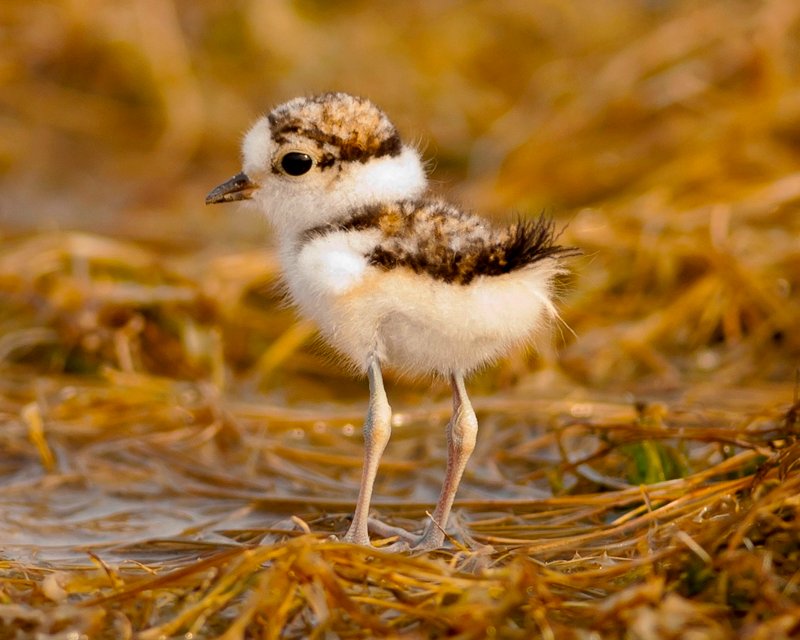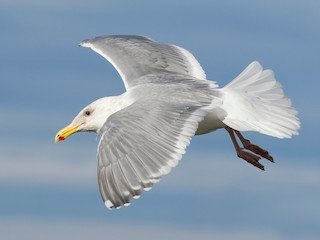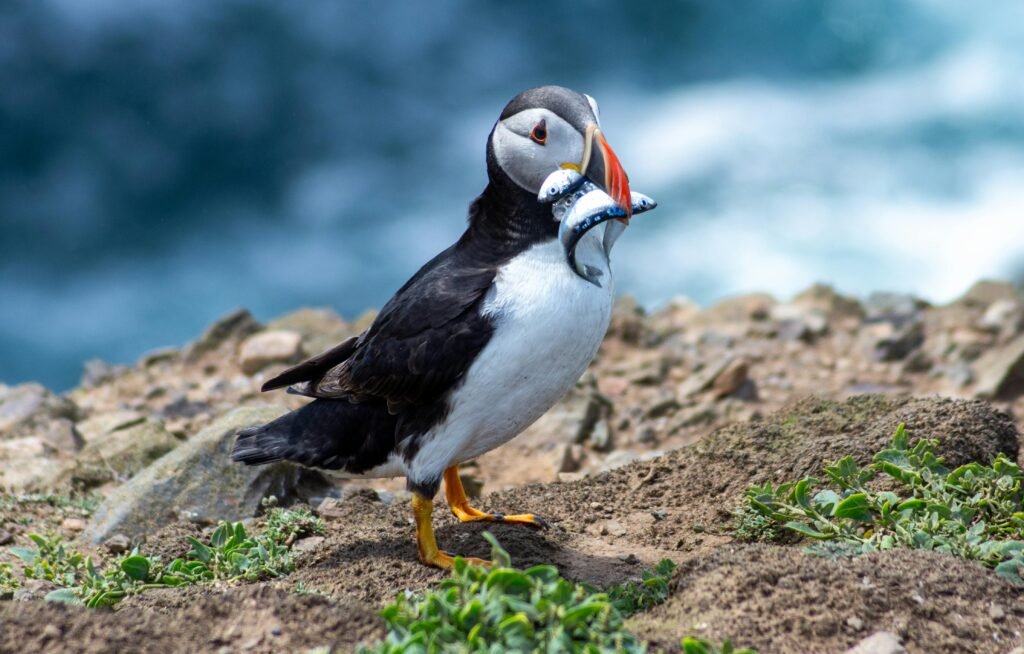Five different species of dippers are found in certain parts of Europe, Asia, and South America. These birds are known for their unique link to freshwater streams and rivers, where they spend most of their time diving and feeding.These birds often place their dome-shaped nests just above moving streams, where the sound of rushing water surrounds them.
Woodpeckers inhabit North and South America, northern Europe, Asia, Africa, and Australia—typically in areas where moist soil is abundant.
In parts of Africa and the southwestern regions, the largest crow species lives — a bird that can grow to an impressive 1.5 meters in length, making it the giant of its family.
The dipper stands out as the only songbird adapted to life in fast-flowing waters, where it dives and walks against the current in search of insects. It’s capable of swimming underwater and even walking along water currents while searching for insects.
The snail kite’s hooked beak is perfect for extracting soft meat from inside snail shells. Similarly, birds with serrated beak edges can grip slippery fish securely until they either toss them into the air or swallow them whole.
The hare uses its wide, shovel-shaped mouth—lined with a comb-like interior—to filter out small animals and plants floating in the water.
Shoebills, also known as whale-headed storks, have large, shoe-shaped beaks that help them catch prey. In hot weather, they store water in their beaks and use it to cool down their young.
The red-tailed tropicbird’s long, ribbon-like tail feathers help it stay stable in flight and also play a role in courtship displays. The white-tailed tropicbird has an especially striking tail that can reach up to 40 centimeters long.
All three types of tropicbirds are strong in the air and skilled at plunging into the ocean to catch prey, but their body structure makes walking on land nearly impossible. Their legs are set so far back on their bodies that they can only drag themselves forward.
Albatrosses can fly an astonishing 16 million kilometers over their lifetime, gliding above ocean waves on their powerful wings.
Manx shearwaters are seabirds that prefer to dig their nests in quiet island soil, returning under cover of darkness to protect their young. They typically come ashore after dark to tend to their chicks, a clever behavior that helps them stay hidden from aggressive gulls and other predators.
Diving petrels use their short wings to swim underwater in search of food.
In the 19th century, bird droppings from massive seabird colonies along Peru’s coast had created a seabed 46 meters deep.
Seabirds like fulmars defend themselves by spraying foul-smelling oil from their stomachs—and their chicks can do the same.
Great skuas fiercely protect their nests, kicking intruders with strong feet and pecking with powerful beaks.
Male Sandwich terns offer fish mid-air as gifts to potential mates.
Ringed plovers keep things simple, choosing to nest in shallow dips on beaches or among coastal stones, where their eggs are easily camouflaged. Their fluffy chicks are camouflaged and can run almost immediately after hatching.
Mudskippers venture near the shore to feed on earthworms, insects, and small marine invertebrates. When threatened near their nests, they pretend to have injured wings, jumping and distracting predators to protect their eggs and chicks.
When thousands of Dunlins rise from the shoreline all at once, the sky appears to fill with shifting smoke — a breathtaking natural display.
Inca terns, strikingly beautiful birds, rest in large groups on sandy beaches. They often dive and hover over the water to catch fish.
Long-winged gulls have a special eye structure with extended pupils, helping them adjust quickly to changing light on bright beaches or during cloudy coastal days.They can narrow their eyelids vertically in bright sun or open them wide in low light.
Guillemot chicks leave their high cliff nests by three weeks old, following their parents to food instead of waiting to be fed.
The marbled murrelet is named for its speckled feather edges during the breeding season.
Puffins use their long beaks to dig nesting tunnels in grassy cliff edges, sometimes stretching several meters deep.
Swallow-tailed gulls are large seabirds with front-facing eyes, allowing them to see clearly while hunting at night.
All those birds are water fowl and they live on water-related ecology.
